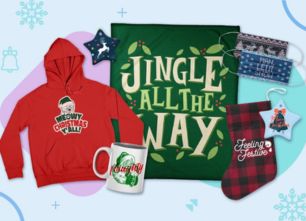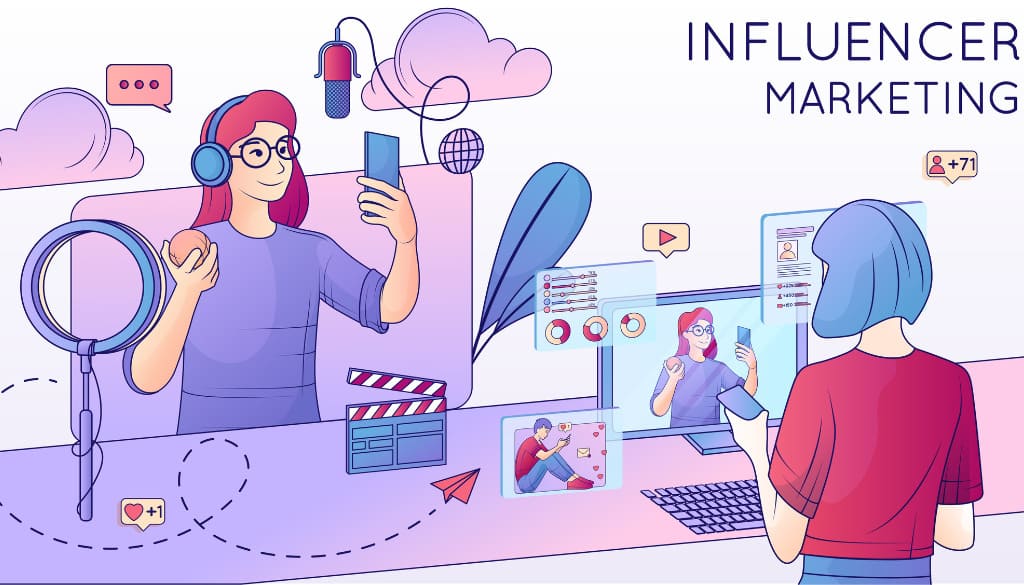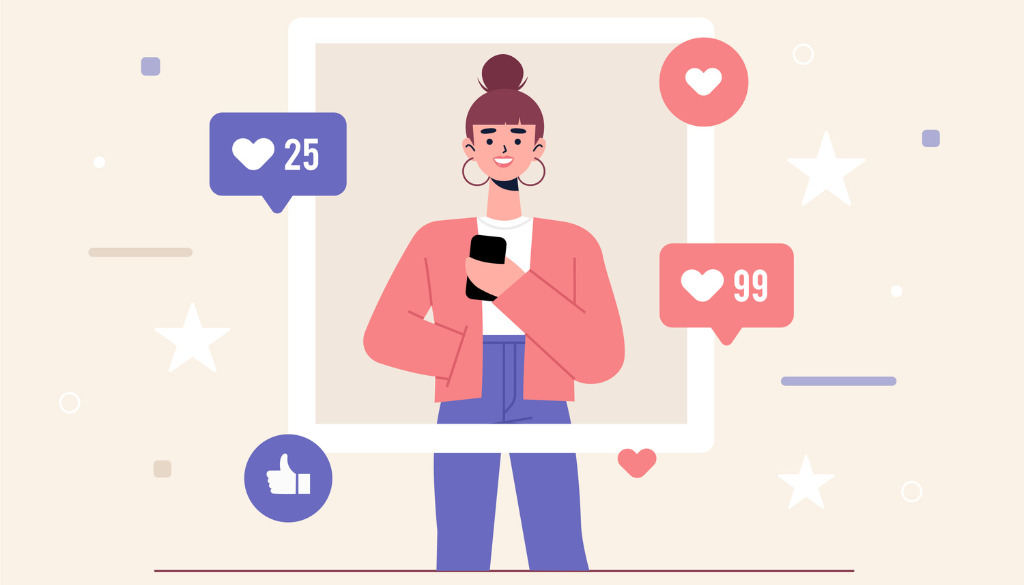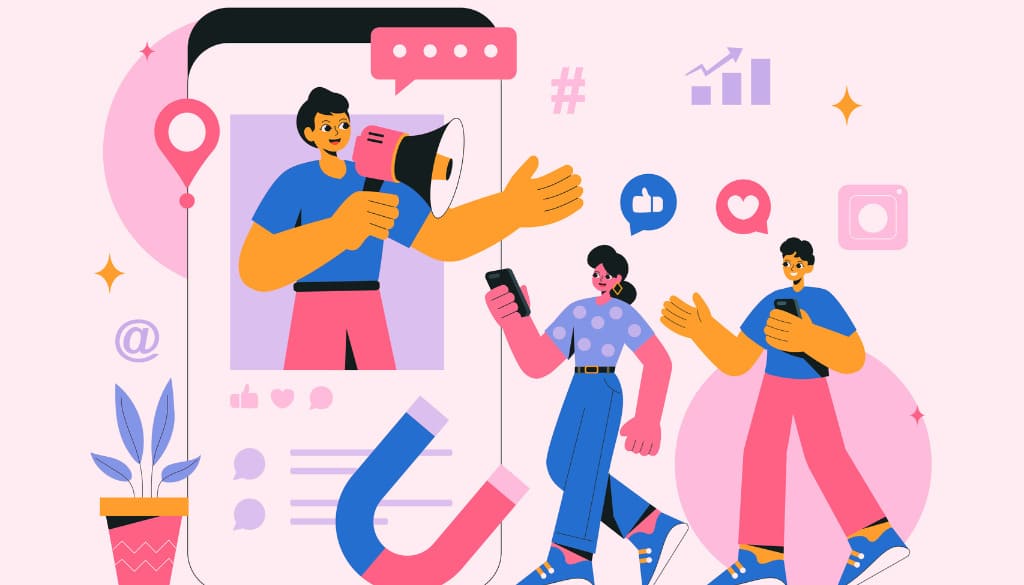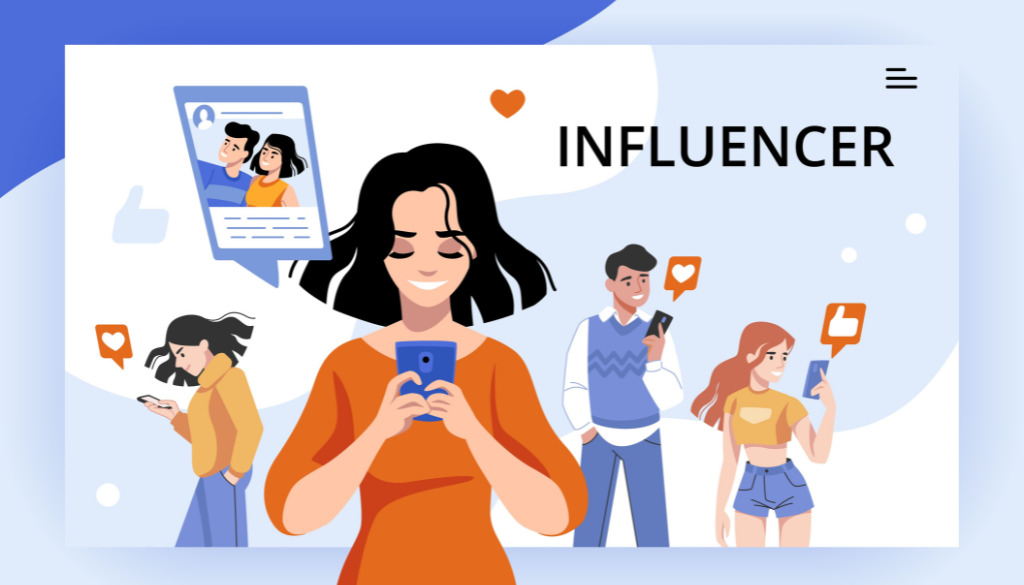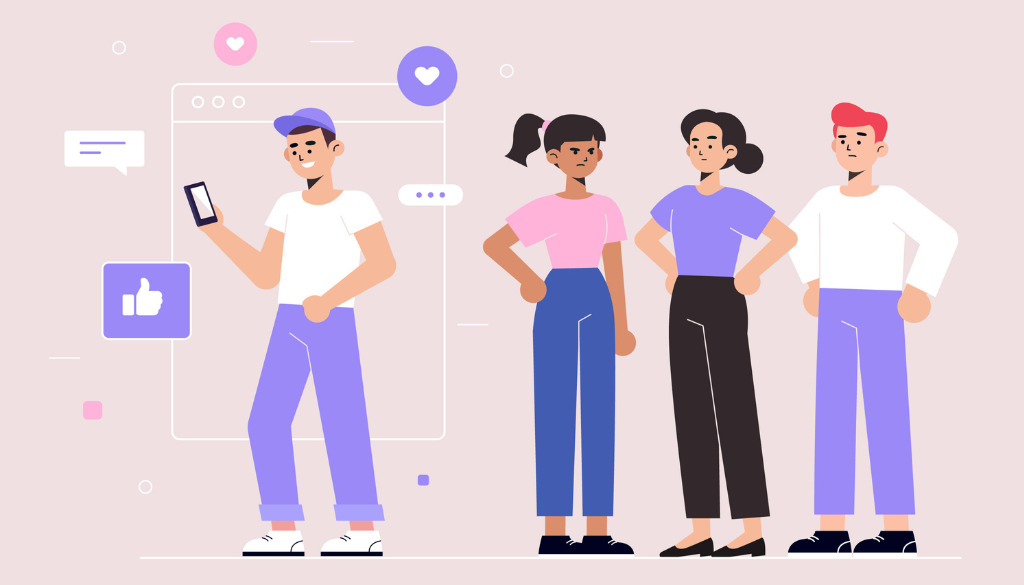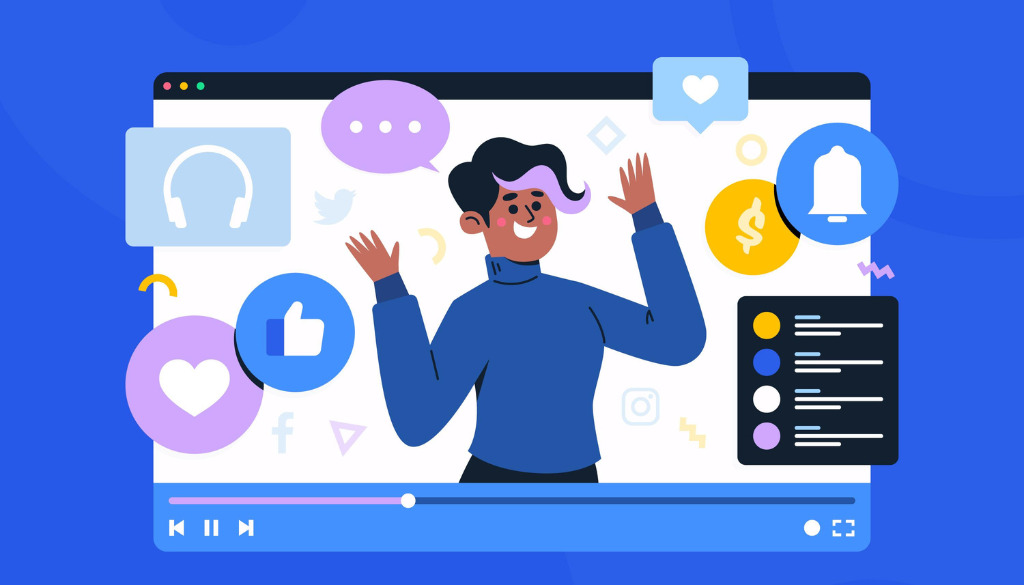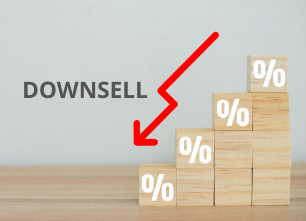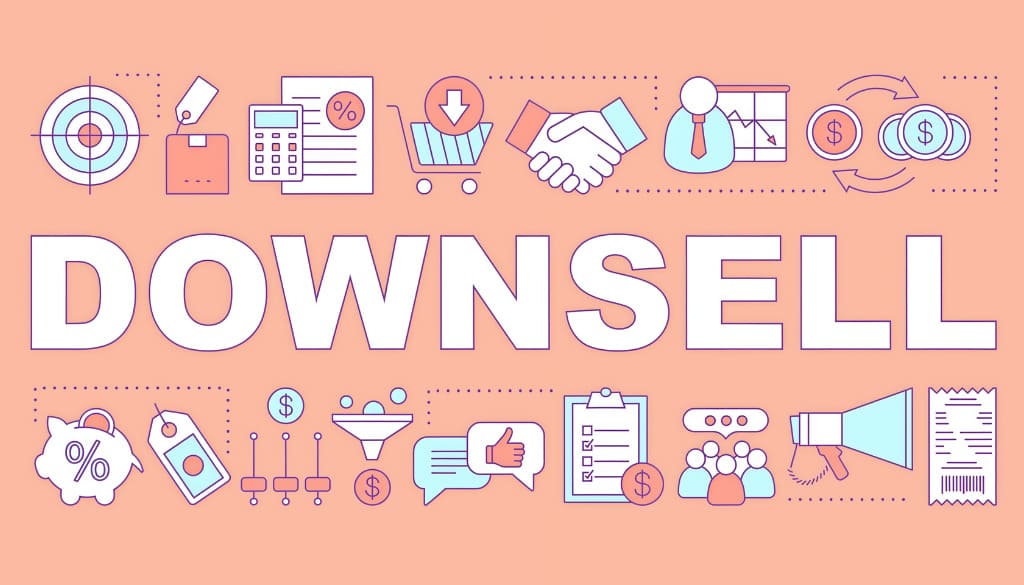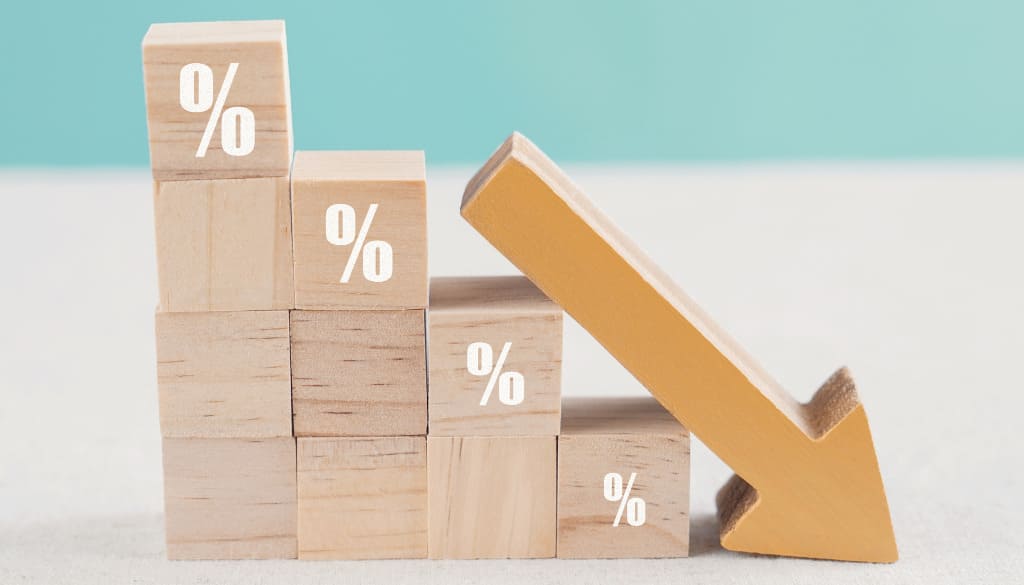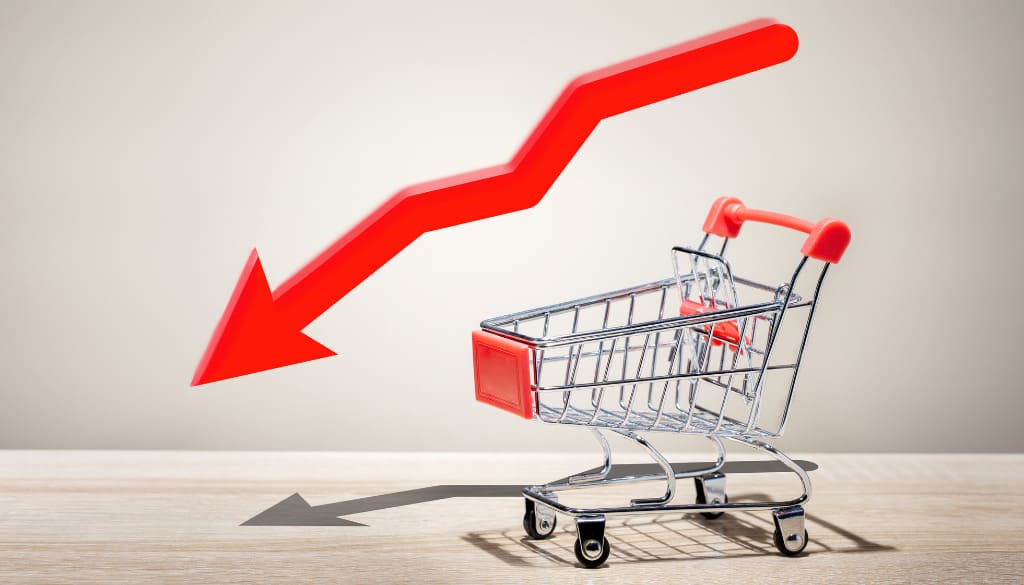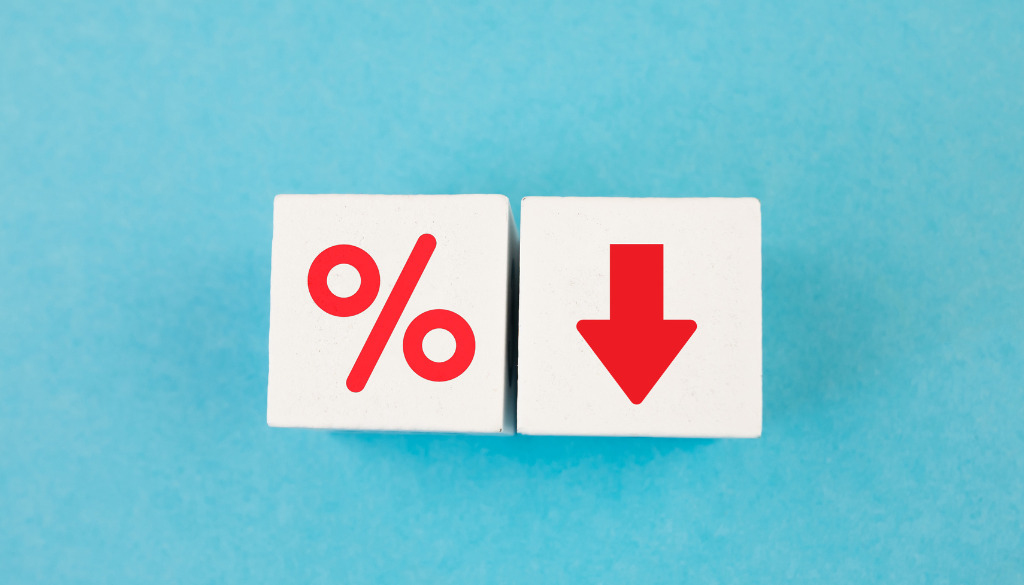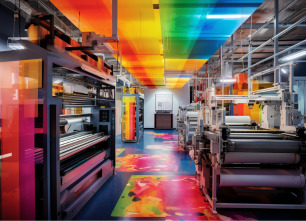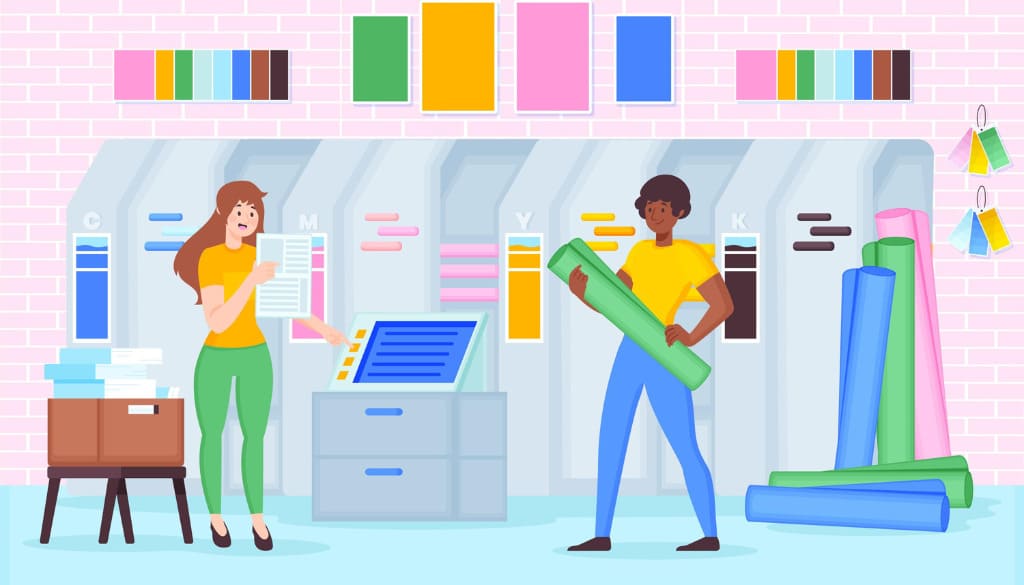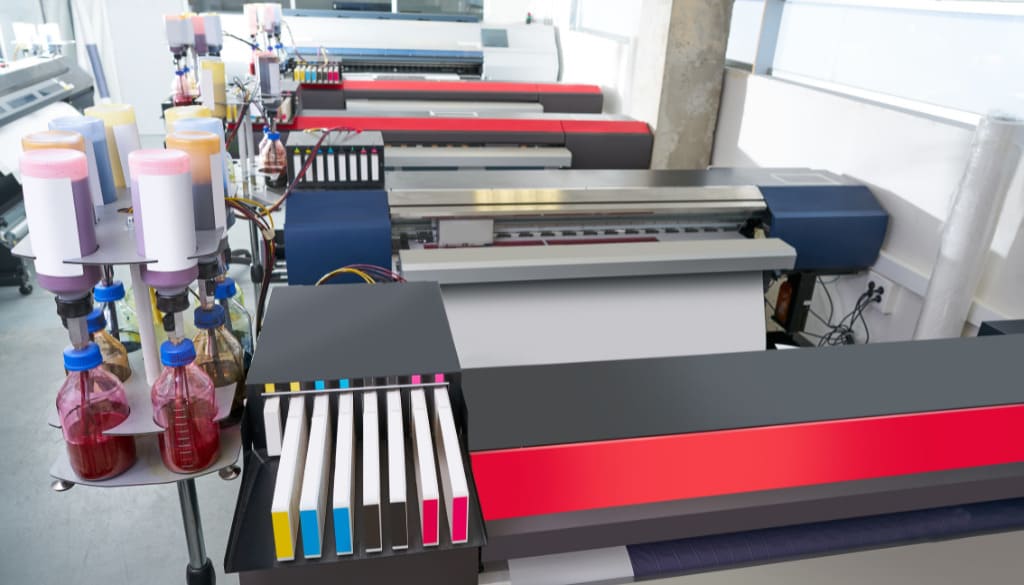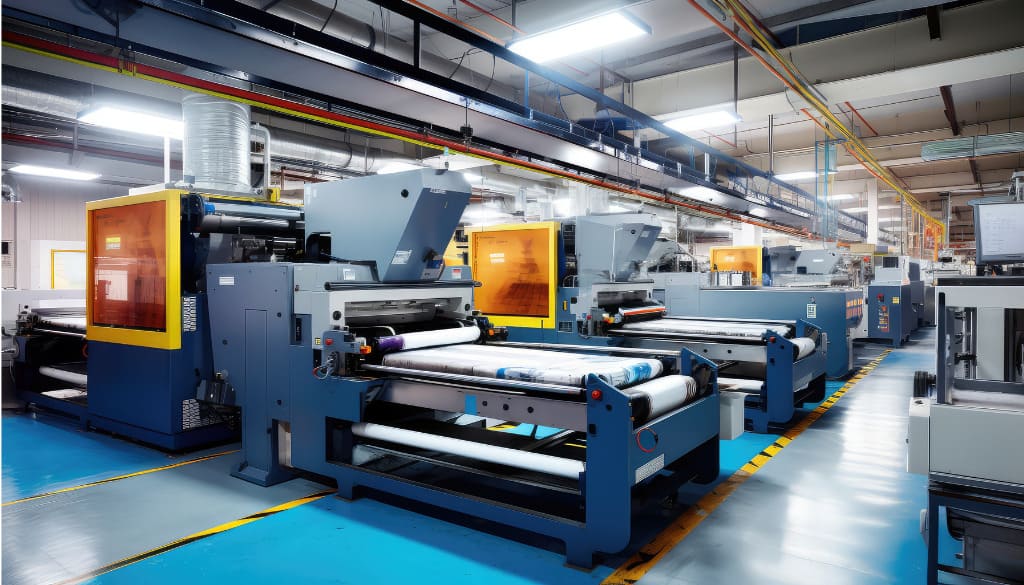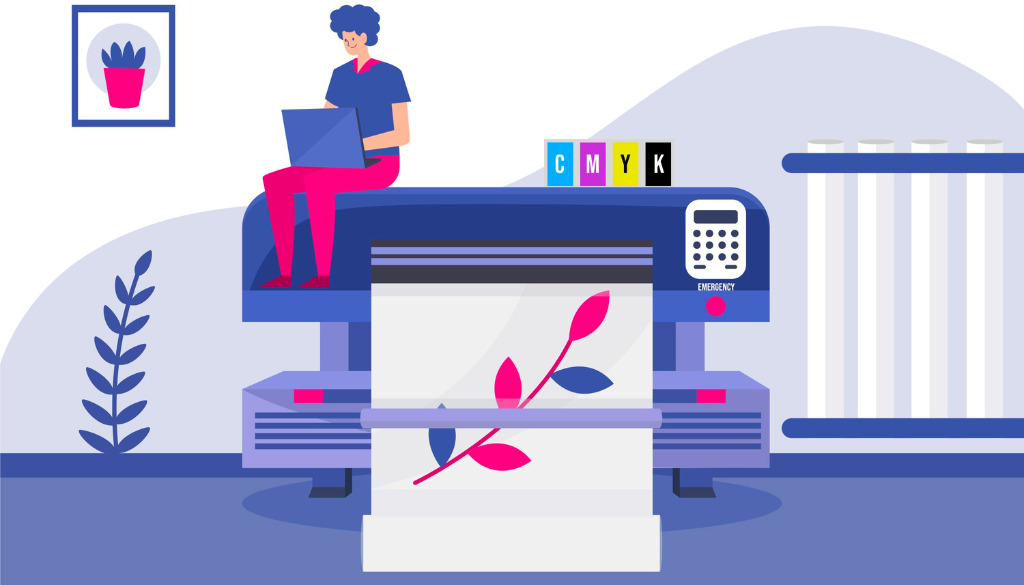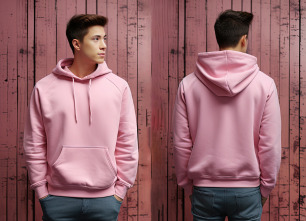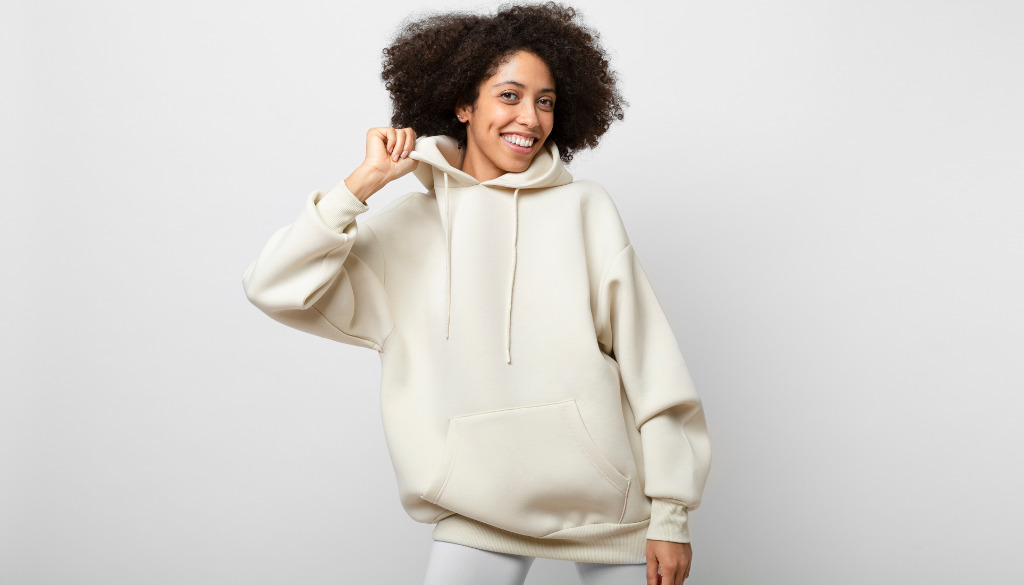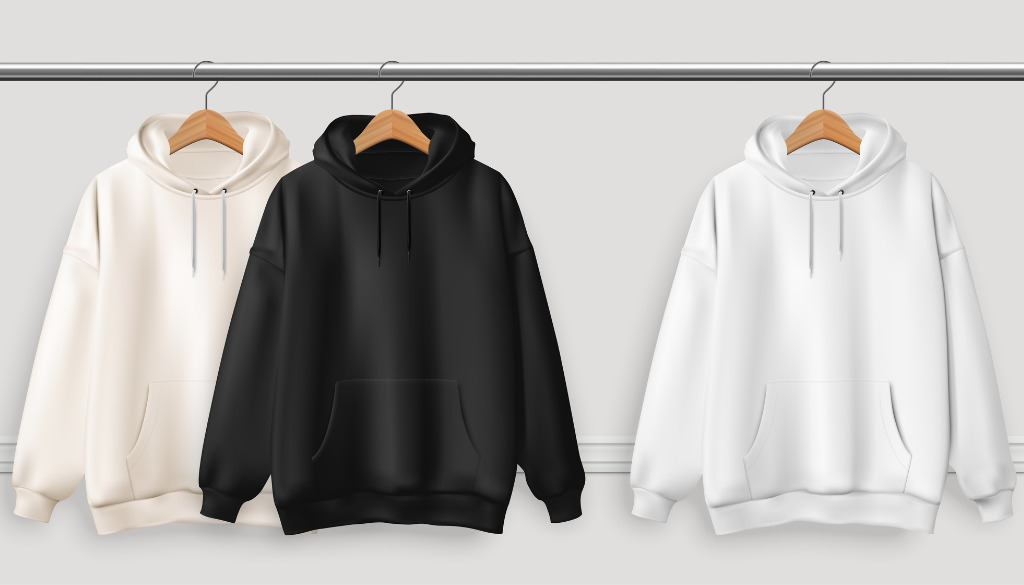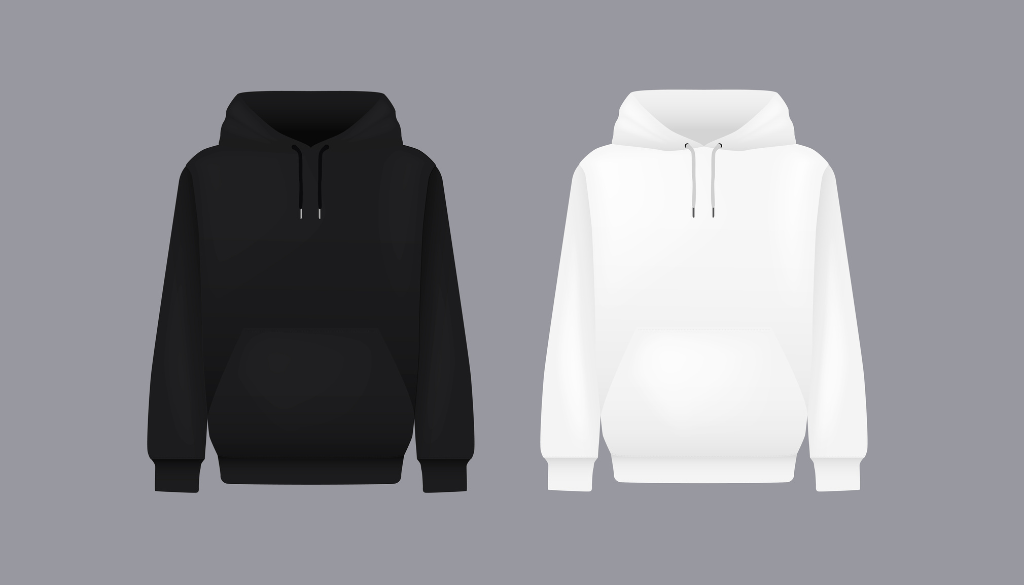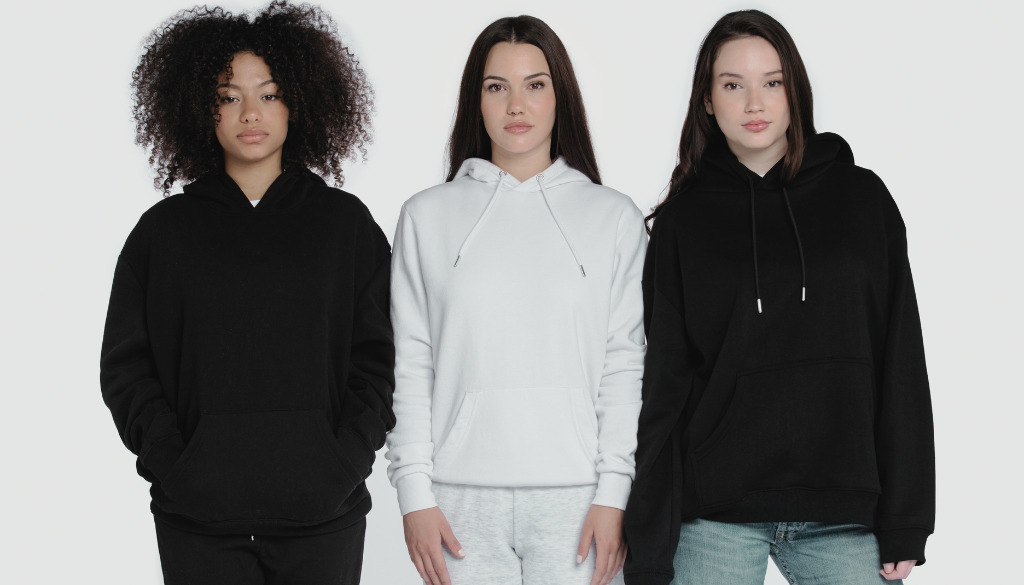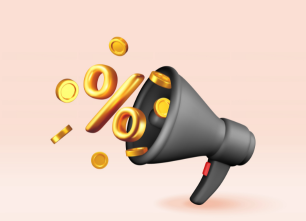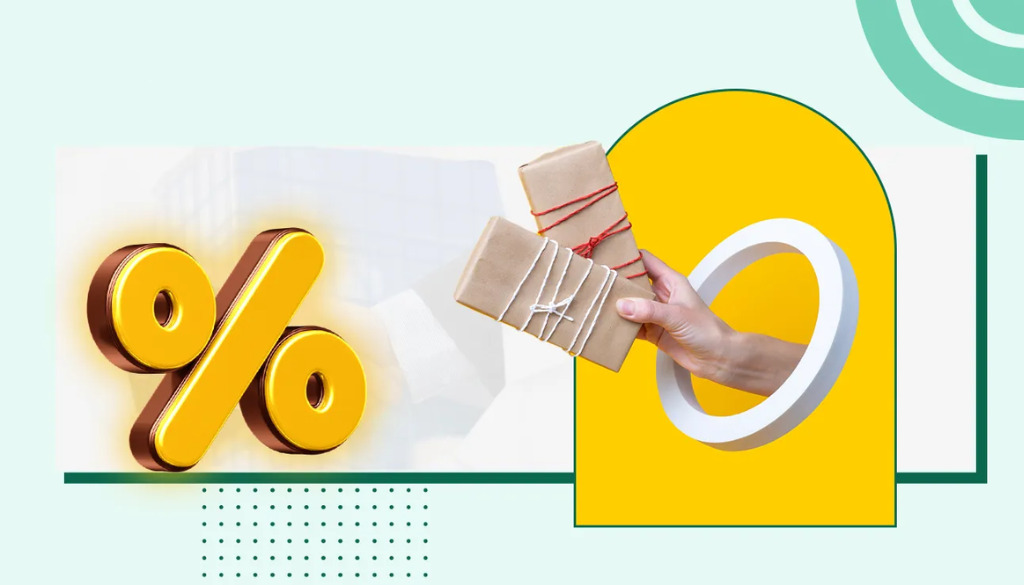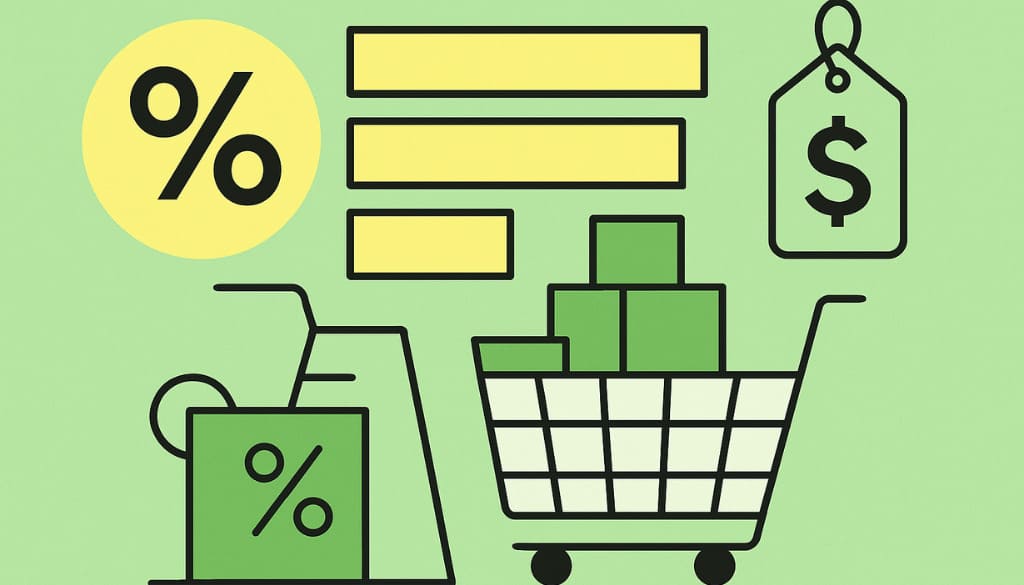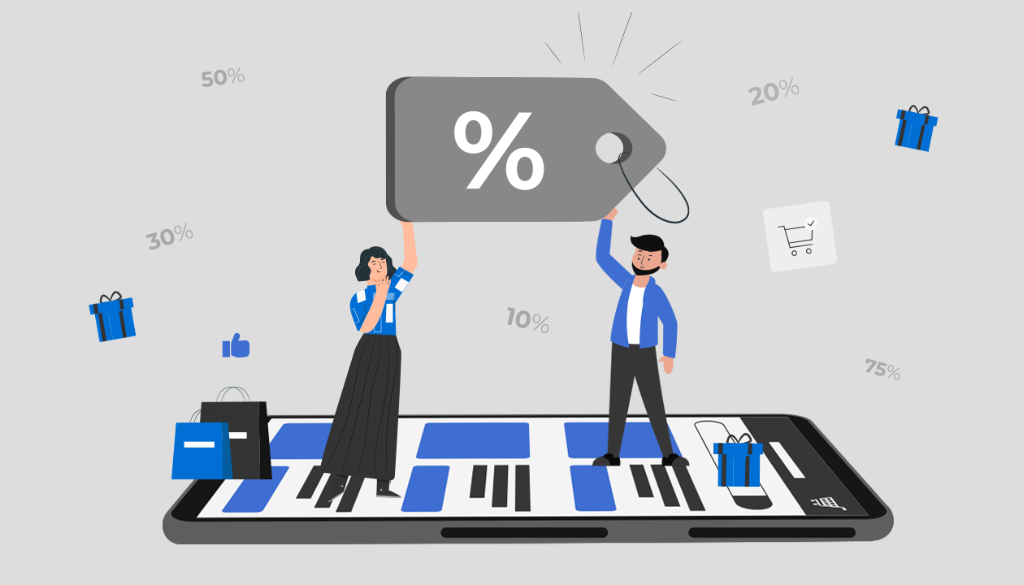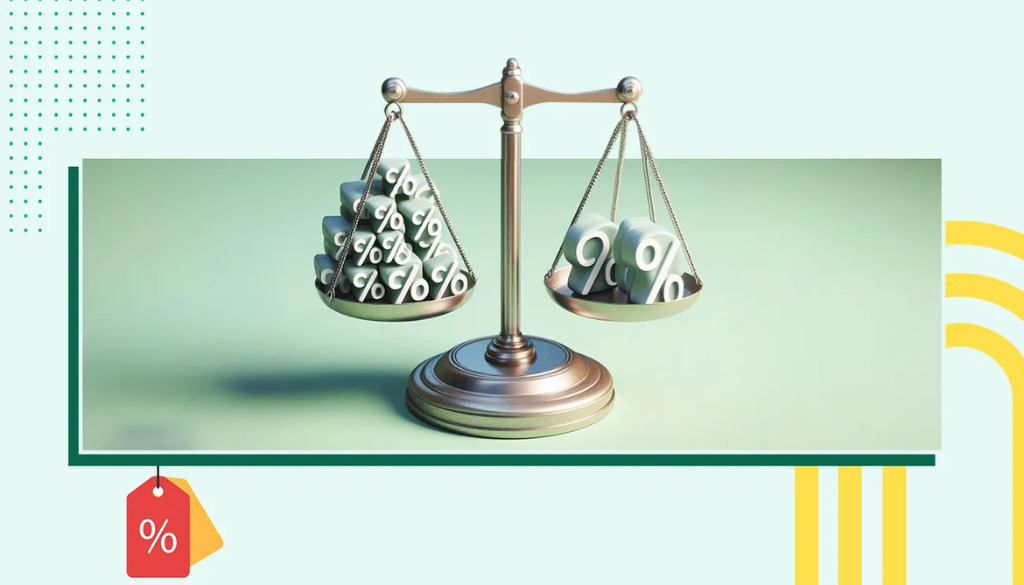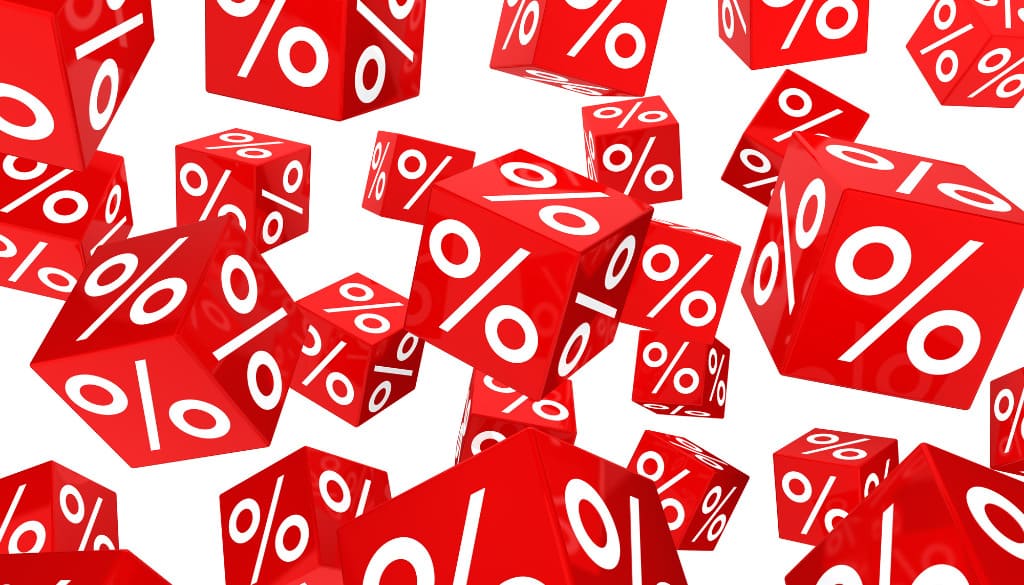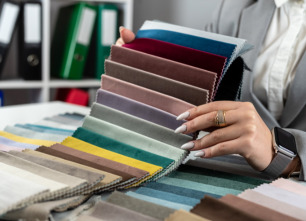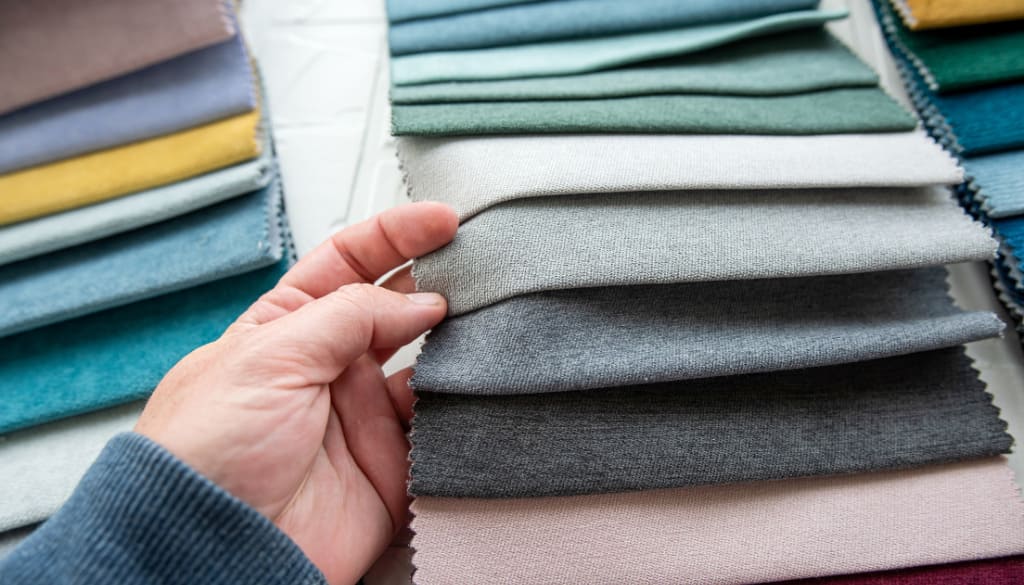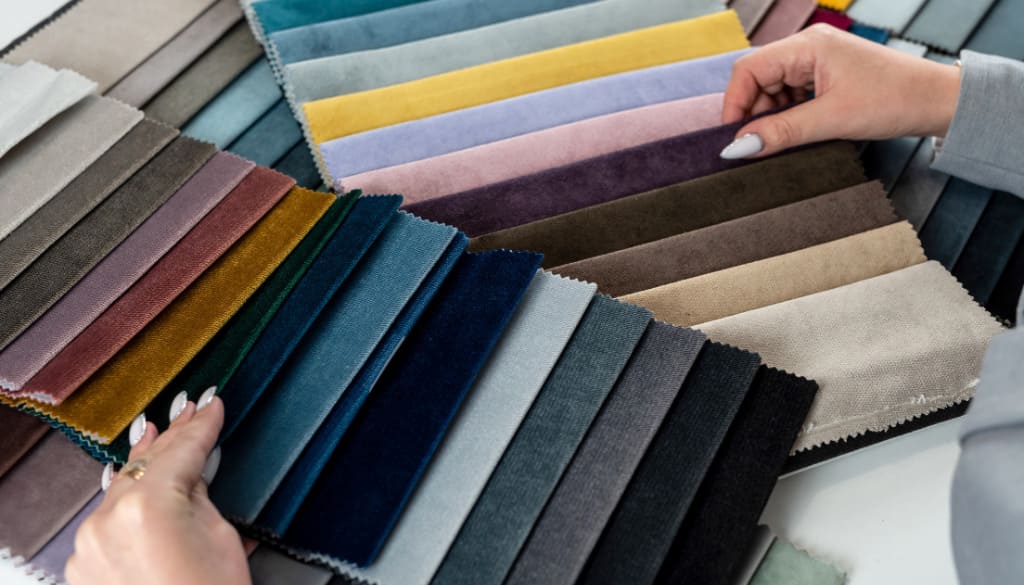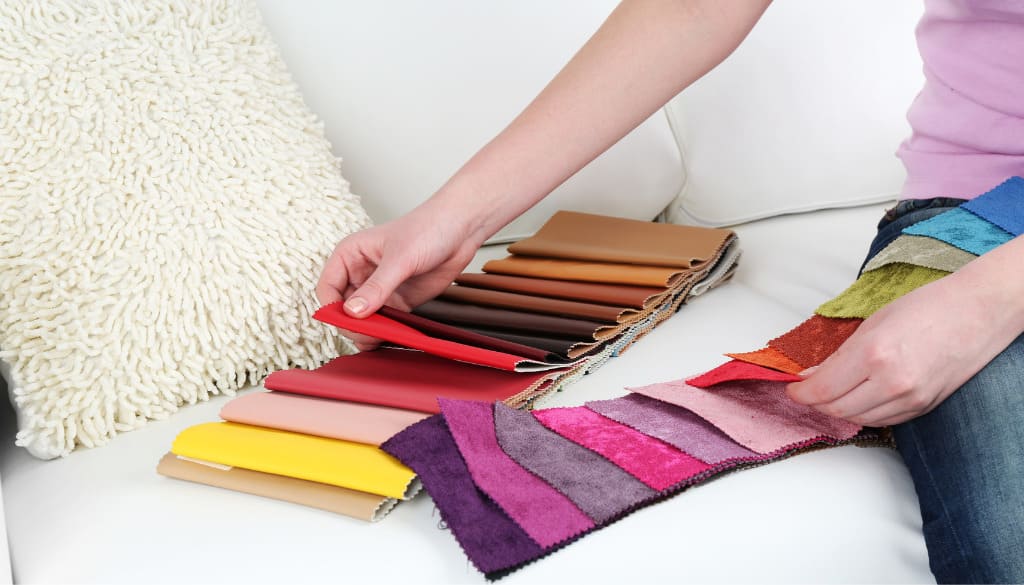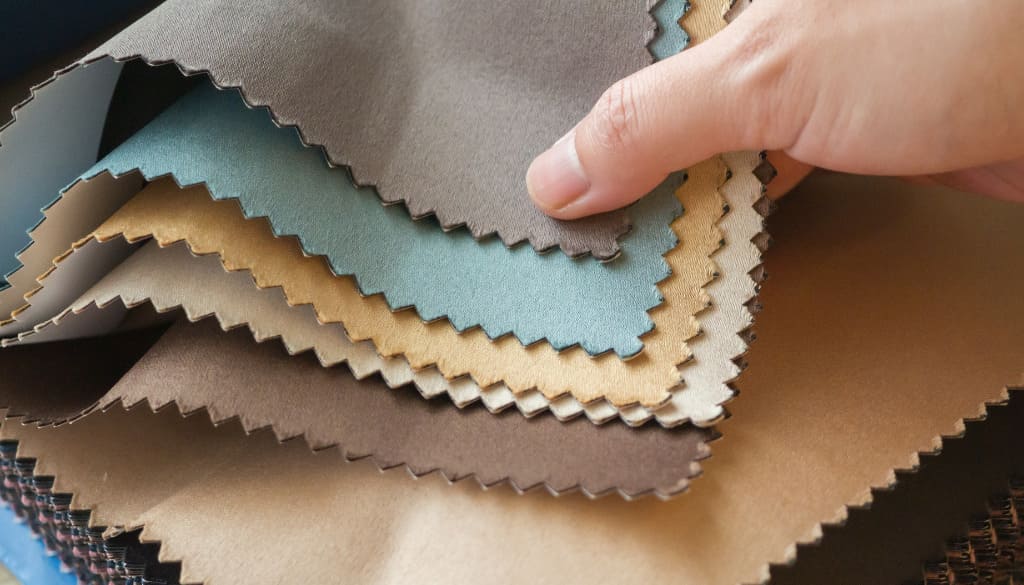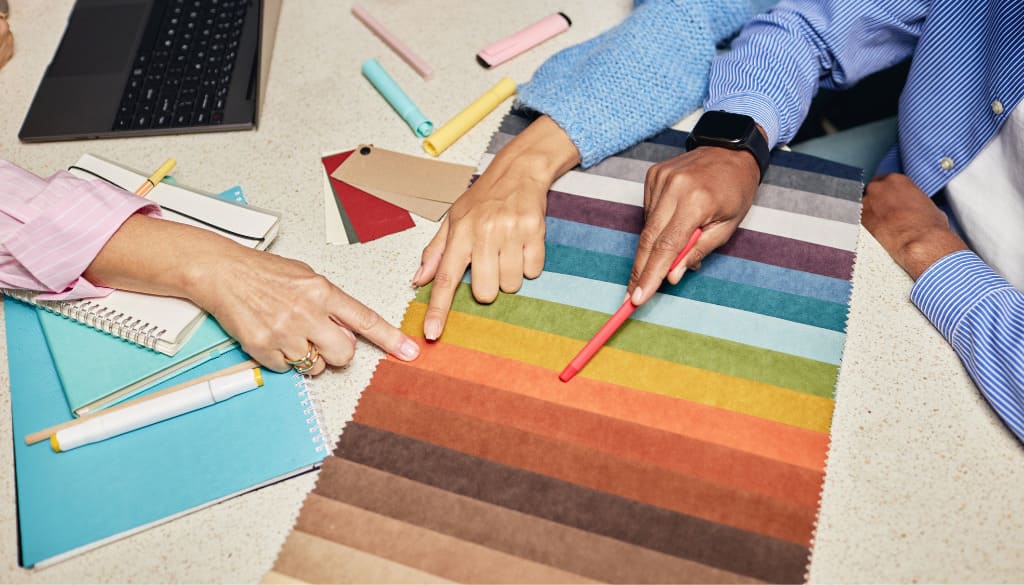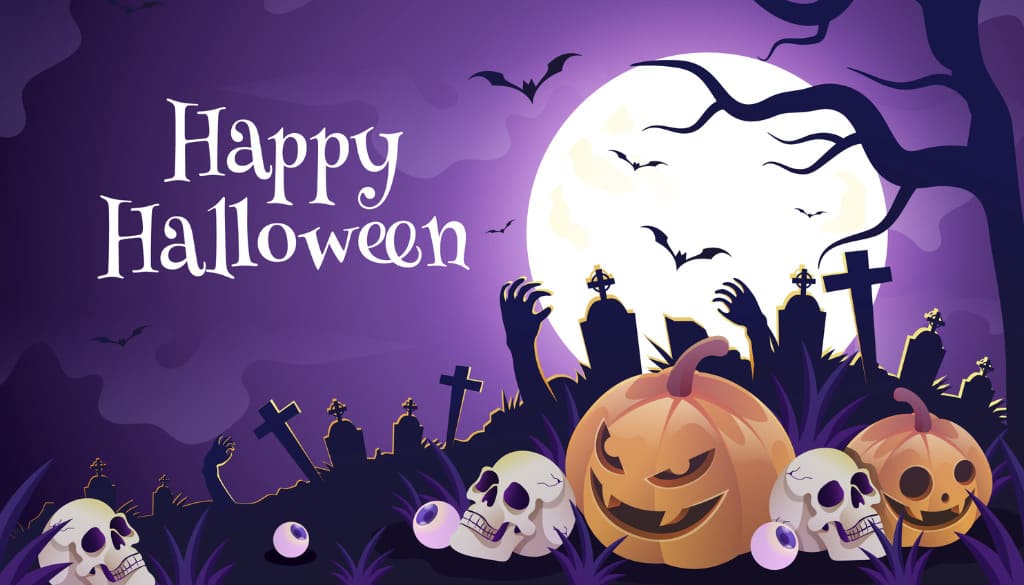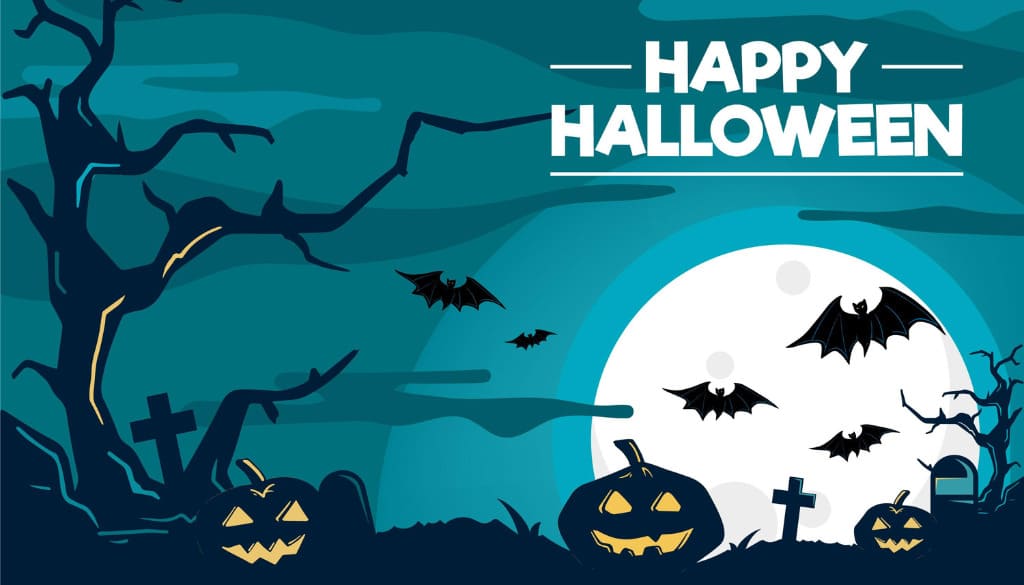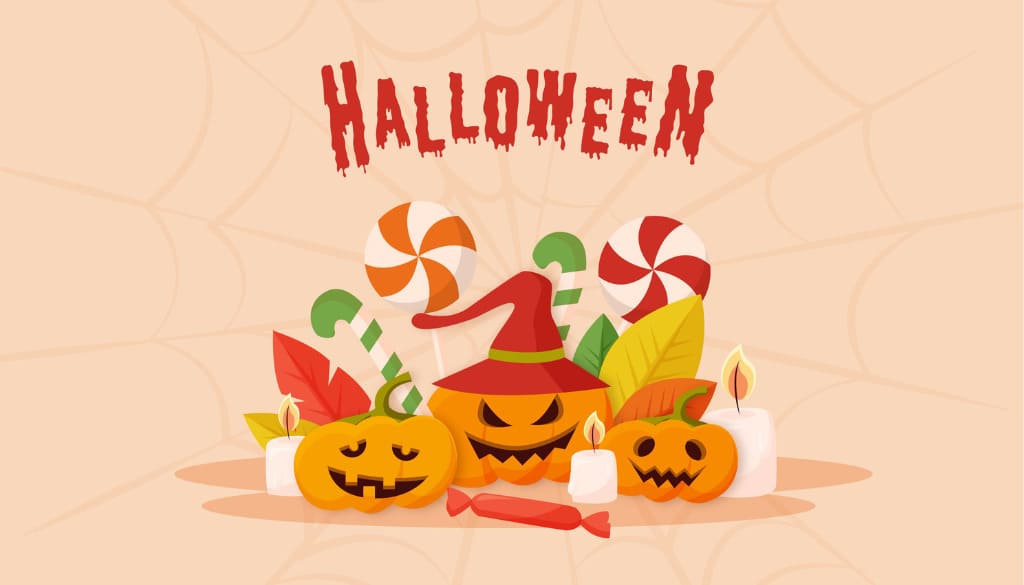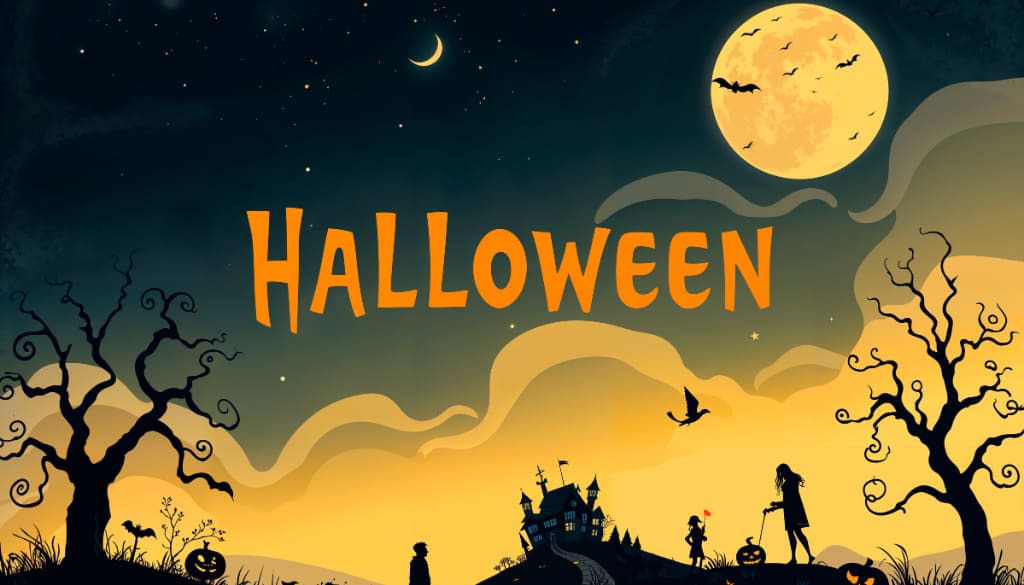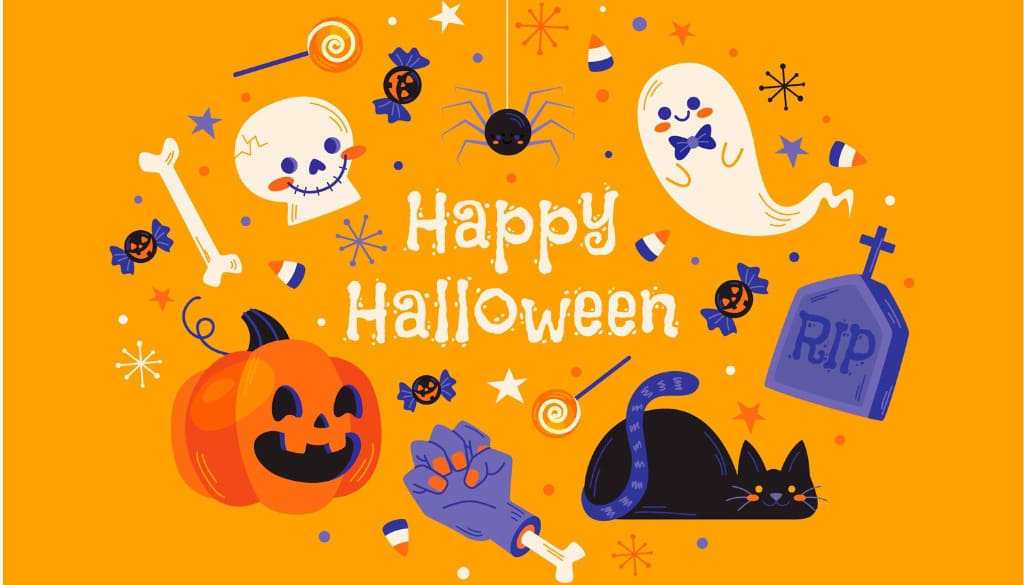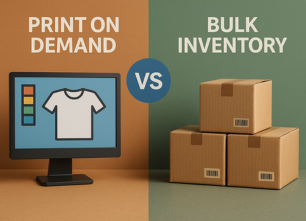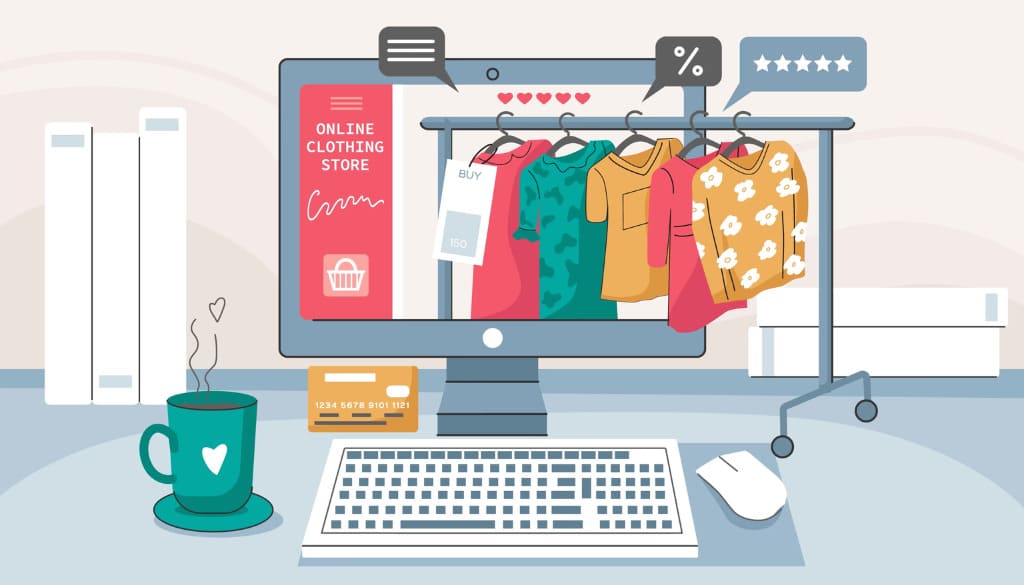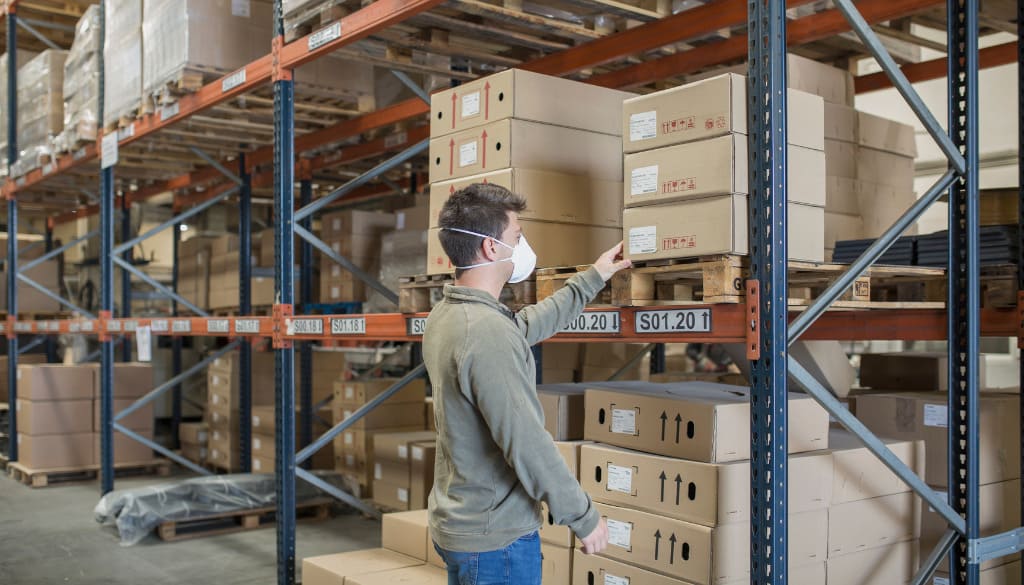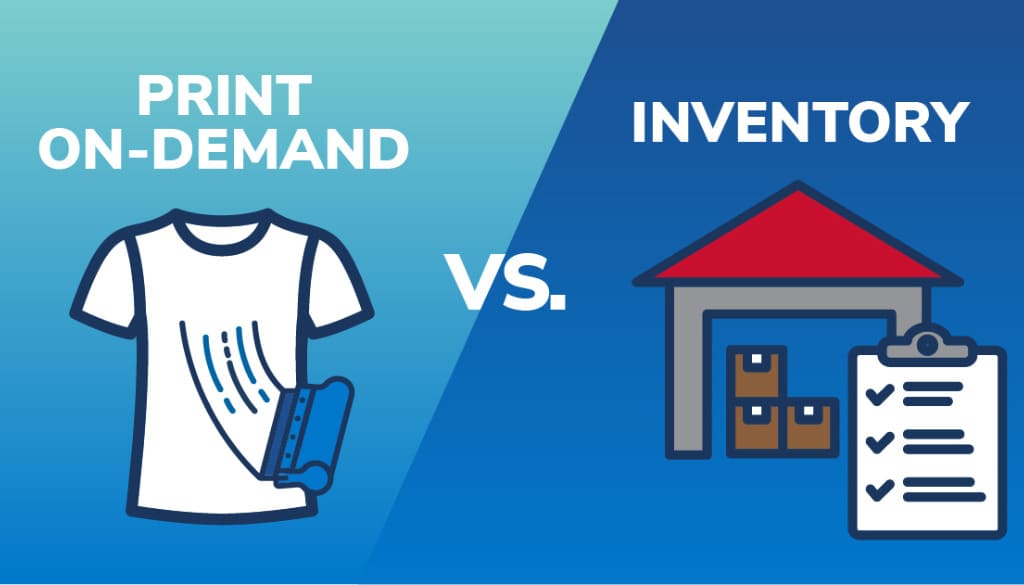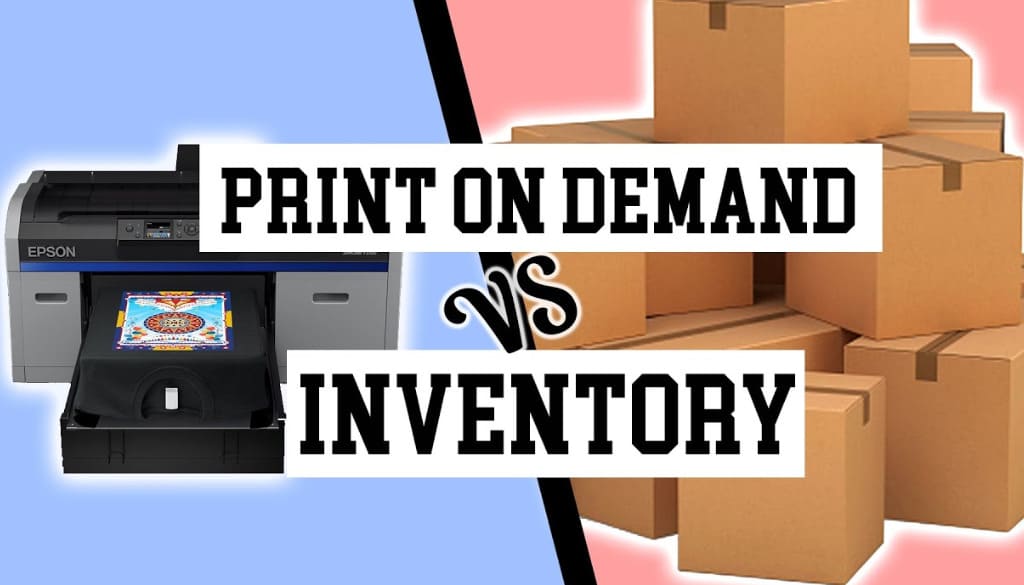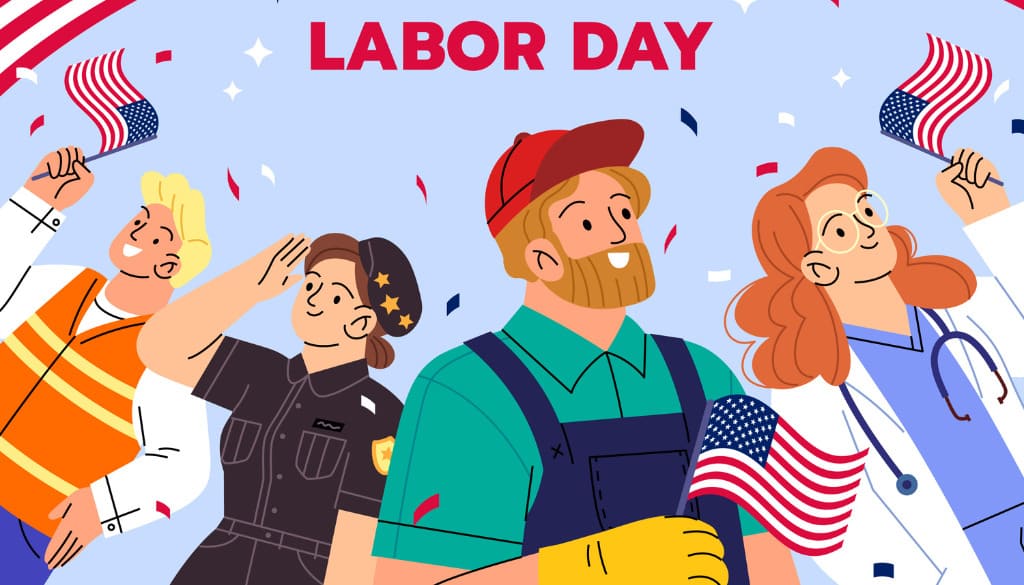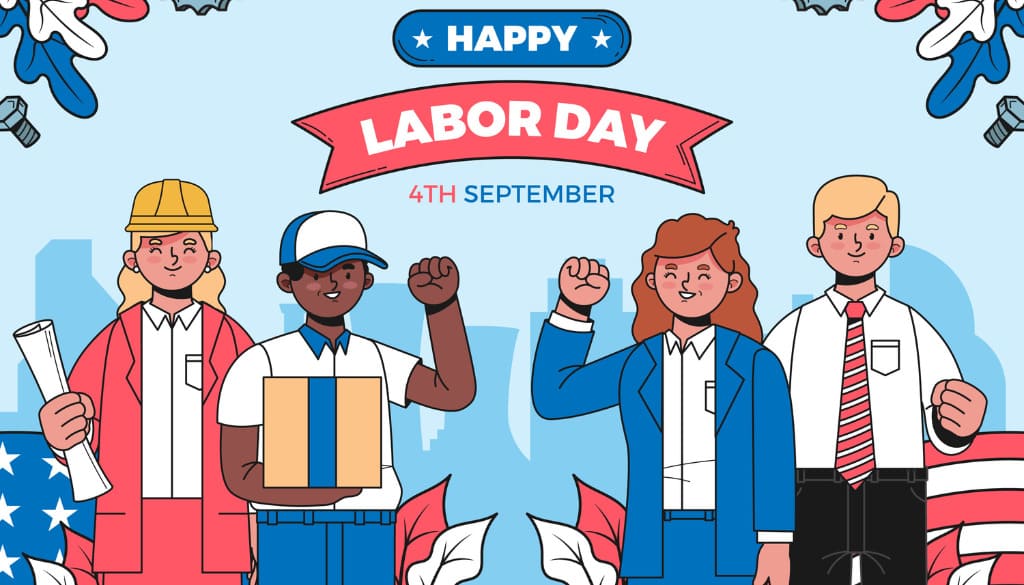Designing for seasonal events has become one of the most powerful strategies for POD sellers to break through revenue targets during peak periods. From Valentine’s Day, Mother’s Day, and Halloween to Christmas, each event creates a strong “demand surge,” opening opportunities to scale campaigns and boost conversion rates when sellers capture the right trends. This article will help you understand why event-based design is a revenue-driving pillar in the POD industry, the key “golden seasons” of the year, the core elements of a successful design, and the standout trends of this period, so sellers can proactively prepare and optimize their profits.
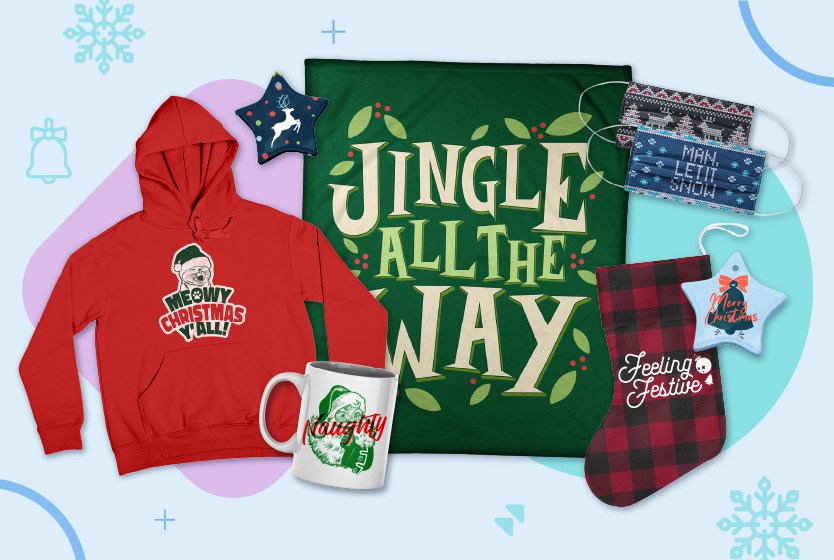
Why Is “Event-Based Design” a Revenue Driver in the POD Industry?
Event-based design is one of the most important strategies in POD for three main reasons:
A Sharp Surge in Demand Within a Short Period
Most major holidays and annual events generate explosive, highly concentrated buying demand within a short timeframe. This is when customer behavior shifts from “considering” to “must-buy-now.”
- A Boom in Specific Niches: From Valentine’s Day boosting demand for couple-themed gifts, to Mother’s Day and Father’s Day driving family-oriented and personalized designs, and Halloween fueling costume tees, memes, and horror characters. The peak of all is Christmas, the highest-selling season of the year with massive gift-buying demand.
- Optimized Advertising Performance (ROAS): Customers actively search for products tied to specific event themes. This naturally drives key metrics such as Click-Through Rate (CTR), Conversion Rate (CR), and Return on Ad Spend (ROAS) to spike. When customers already have a clear purchase intention (e.g., buying a gift for Mother’s Day), they make buying decisions faster, helping sellers recover ad spend quickly and generate higher profits.
Layered Competition
Unlike “evergreen” niches (such as “dog lovers” or “nurse life”) that are often saturated, event-based design creates a multi-layered competitive landscape where new or smaller sellers can more easily find their place.
- Thousands of Sub-Niches to Tap Into: Major events are not a single niche they are clusters of countless micro-niches. For example, Christmas can be broken down into thousands of segments such as Couple’s First Christmas, Christmas for Pet Lovers, Teacher Christmas Gifts, Nurse Christmas Crew, and more.
- Faster Trend Capture Advantage: Sellers can quickly catch emerging trends (e.g., a new meme related to Halloween) and turn them into products. As long as you identify the right untapped “micro-niche,” you can easily scale orders without competing in high-priced ad auctions against industry “giants.” This strategy helps sellers avoid direct confrontation and run ad campaigns with significantly more optimized costs.
Strong Emotional Value
Emotional appeal is one of the strongest drivers of purchasing behavior in the POD industry and it becomes even more amplified during seasonal events.
- Emotion-Driven Buying: Shoppers often choose event-themed products as meaningful gifts, to express their unique personality during a holiday, to commemorate special milestones (e.g., “Our First Christmas as Mr. & Mrs.”), or simply to join the festive atmosphere.
- Higher Conversion Rates: This emotional connection significantly boosts the conversion rate compared to standard evergreen designs. Customers are also more willing to pay a higher price for products that carry sentimental or personalized value.
The Big Picture: The “Golden Seasons” of Design in the POD Industry
For POD sellers, understanding the annual Event Cycle is the key to allocating design resources and advertising budgets effectively. Each year includes roughly 8-12 high-potential design seasons that generate clear spikes in revenue from major global holidays to niche micro-events.
Below is a detailed timeline of the major “Golden Seasons,” categorized by their revenue potential and design characteristics:
Spring and Summer Seasons
The early months of the year focus heavily on themes of love, personal expression, and patriotism.
- Valentine’s Day (February 14): Kicking off the annual holiday cycle, Valentine’s Day centers around love, couple-themed designs, ranking-style designs (e.g., Best Wife Ever), humorous memes, and especially personalization (names, dates, custom messages). The strongest-performing products are hoodies, T-shirts, and personalized gift items.
- St. Patrick’s Day: A significant niche event featuring themes of luck, shamrocks, beer, and Irish pride. Green is the dominant color. While the demand spike is strong, it lasts only 1–2 weeks, requiring sellers to plan and launch ads early.
- Mother’s Day / Father’s Day: These emotionally-driven seasons revolve around family themes, professions blended with parental roles (e.g., Teacher Mom, Nurse Dad), and especially the popular pet mom/dad niche. Trending design styles include minimalist, retro, and handwriting fonts to enhance warmth and emotional appeal.
- Independence Day (July 4): The biggest patriotic holiday, featuring themes such as the USA flag, vintage patriotic aesthetics, and freedom. Best-sellers often include tie-dye shirts or designs using the iconic red–white–blue American color palette.
Fall and Winter Seasons
Q4 is the most decisive period of the year, packed with major events and extremely high demand for gift purchases.
- Back to School: A secondary but steady season focused on teacher, student, and education-related niches. Classroom-themed designs and humorous school-related quotes consistently perform well.
- Halloween: Often considered the best-selling season of Q4 (before Christmas) thanks to its wide and diverse design range: pumpkins, ghosts, cute spooky characters, witches, black cats, and more. Group shirts and costume-themed apparel see very high demand.
- Thanksgiving: Centered around themes such as turkey, gratitude, family, and funny Thanksgiving designs. Although the selling window is short, the profit margin is high due to strong sales in hoodies and sweatshirts.
- Christmas: The “mega season,” accounting for 30–40% of the annual revenue of many POD sellers. Themes include Santa, reindeer, snowflakes, ugly sweater styles, and especially personalized gifts for family and friends. Preparation for this season should begin as early as late summer.
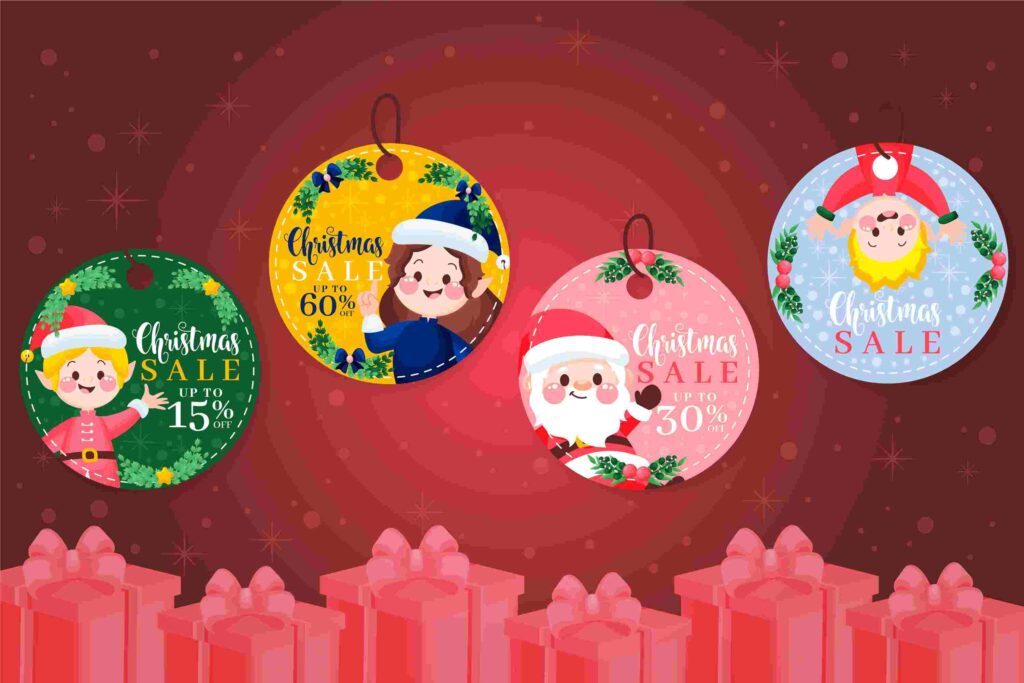
Other Important Micro-Events
Beyond the major holidays, sellers should also tap into niche micro-events to fill revenue gaps between peak seasons:
- Events such as Teacher Appreciation, Pet Day, Veterans Day, Pride Month, marathon events, and hobby-based events (like camping, fishing, and gaming).
These micro-events typically have lower competition, allowing sellers to more easily identify unique niches, maintain steady revenue, and continuously test new design concepts.
Key Elements of a Successful Event-Based Design
Event-based design is a powerful business strategy, but not every effort translates into sales. A truly successful design one that can dominate the POD market must bring together five essential elements, from timing and trend selection to the quality of the final product.
Catching the Trend at the Right Time
Timing is the first and most critical factor that determines success. In POD, being late means losing the market. Sellers must learn to prepare 30–60 days before the event date. The goal is to give products enough time to be listed, tested through small advertising angles, and to gain organic visibility before demand reaches its peak.
Closely monitoring Google Trends, Etsy Search insights, and Amazon Trend Reports is essential. Being late by just 1–2 weeks during peak seasons like Christmas or Halloween can cost a seller up to 80% of potential customer reach.
Season-Appropriate Color Palettes
Color is more than aesthetics; it is a tool for conveying emotion and seasonal recognition. Each event has its own ingrained “color palette” in customers’ minds:
- Valentine’s Day: red, pink, white
- Independence Day: navy, red, pure white
- Halloween: orange, black, mystical purple
- Christmas: vibrant red, pine green, gold, and snowy white
A design aligned with seasonal colors creates a stronger emotional impact and stands out more easily when customers scroll through hundreds of products. The selected blank product color must complement the design to achieve a harmonious overall look.
Personalization Factor
In POD, personalization is considered a “superweapon” that boosts both conversion rates and average order value (AOV). Customers naturally want their gifts or purchased items to feel one-of-a-kind.
High-performing personalization formats during event seasons include: family names, pet names, birth years, professions, and customizable family illustrations (such as Stick Figure Families). Statistics show that over 90% of Christmas gift buyers tend to choose designs with personalized elements because they enhance the emotional value of the product.
Simple, Readable, and Instantly Understandable Messaging
In the fast-paced world of e-commerce, buyers spend only a few seconds deciding whether to stop and view your product. A quote that is too complex or lengthy will be ignored.
Winning designs typically prioritize bold fonts, concise messages of 3–7 words, and immediate emotional or humorous impact. Popular examples like “Mama Claus,” “Spooky Vibes Only,” and “Best Dad Ever” are not only easy to read but also naturally align with common search keywords.
Timely Illustrations and Proper Print Quality
Ultimately, print quality is the determining factor in customer satisfaction and in preventing refund rates. A beautiful design will still fail if the printed colors bleed, appear inaccurate, or do not adhere well to the fabric leading to negative feedback.
This is especially critical for challenging products such as dark-colored hoodies, tie-dye garments, or designs with gradients, color transitions, or complex lighting effects. Sellers should prioritize working with fulfillment partners that use next-generation DTG technology to ensure vibrant colors, strong fabric adhesion, no bleeding, and high color accuracy that matches advertising mockups. Print quality is the seller’s final promise of professionalism.
Key Event-Based Design Trends in POD (2025–2026)
To maintain a competitive edge in the constantly evolving POD market, sellers must stay ahead of upcoming design trends. Based on analytical reports from major e-commerce platforms such as Etsy and Amazon, along with consumer trend data from the U.S. the primary POD market the following are the standout event-based design trends that sellers should begin preparing for in 2025–2026.
Minimalist Combined with Handwriting Style
This trend emphasizes elegance and focuses on conveying the core message. Designs follow a clean, minimal layout with ample negative space, paired with soft, handwritten fonts. This style creates a warm, authentic feel and is especially suitable for highly emotional events such as Valentine’s Day, Mother’s Day, and Christmas where sentiment plays a decisive role.
Retro – Vintage – Y2K
Nostalgic aesthetics, particularly those inspired by the ’90s and Y2K (early 2000s), have been strong trends since 2024 and are expected to continue leading into 2025. Elements such as grain textures, distressed effects, and sun-fade effects will be widely used. This style is especially effective for classic-themed events like the 4th of July, Halloween (with old-school spooky vibes), and Thanksgiving.
Cute Mascots – Kawaii – Chibi Style
Cuteness is booming, partly thanks to the influence of TikTok Shop and the growing demand for fun, playful designs. The Kawaii (Japanese cute) and Chibi style, featuring big heads and small bodies, will dominate. The combination of pets with holiday themes such as cute pet costumes for Halloween or festive pet characters for Christmas is expected to produce top-selling designs.
Personalized Family Illustration 2.0
Demand for family personalization remains high, but the style is evolving. Instead of traditional cartoon aesthetics, the market is shifting toward more modern looks such as flat illustration, minimalist line-art, and AI-rendered drawings with a more natural feel. Color palettes are also moving toward pastels or neutral American tones, creating a more elegant and widely appealing look across different age groups.
Ugly Sweater 2.0
The classic “Ugly Sweater” remains a core Christmas product, but it is being modernized. The 2025–2026 version is expected to be less cluttered than previous decades, focusing instead on cleaner color combinations, smart pattern repeats, and a fun yet more refined overall vibe.
Typographic Layout Trend
This trend emphasizes large, dominant text that occupies most of the design layout. This bold and straightforward typography style is ideal for highlighting roles or direct messages such as Teacher, Mom, Dad, or humorous Valentine’s Day quotes.
Pet-Centric Holiday Designs
Pets remain a massive and ever-growing niche during holiday seasons. Sellers should focus on designs such as pet family Christmas (family shirts featuring pets), pet Halloween cosplay (pets illustrated in Halloween costumes), or anthropomorphic styles (pets drawn with human-like characteristics).
AI Illustration Trend
AI technology now makes it possible to create visual effects that were previously difficult or impossible to achieve: atmospheric lighting, realistic fur textures, 3D cartoon styles, and cinematic effects. However, sellers must ensure they use self-generated datasets and avoid copyrighted material. More importantly, AI artwork should always be filtered and retouched to optimize print quality and ensure compatibility with DTG printing.
Monochrome & Line Art
This trend focuses on clean, single-tone (monochrome) palettes and fine line-art illustrations. Such designs pair well with challenging products like tie-dye garments or dark-colored blanks. They are particularly suitable for Mother’s Day, cute-spooky Halloween themes, and community events such as Pride Month.
Important Copyright Considerations When Creating Event-Based Designs
Copyright and trademark laws are critical legal barriers in the POD industry. POD sellers frequently face the risk of product removals (takedowns), account suspensions, or even lawsuits on platforms like Amazon and Etsy often simply due to a lack of understanding of intellectual property regulations. This risk becomes even greater when creating event-based designs, as the appeal of famous characters, movies, and branded themes tempts many sellers into unintentional violations.
Below are the essential rules every seller must strictly follow:
Never Use Branded Characters or Intellectual Property (IP)
The first and most important rule is to never use any intellectual property (IP) owned by major corporations.
- Absolutely prohibited examples include: Disney characters (such as Mickey, Stitch, Elsa), Marvel (Spider-Man, Iron Man), DC Comics, video game characters, Pokémon, Sanrio (Hello Kitty), or Universal characters (Minions).
- Important note: Even “redrawing” (derivative work), mimicking the style, or referencing the names of these characters is considered a serious copyright violation and will result in a 100% takedown. Always create original characters.
Avoid Using Logos and National or Institutional Symbols Improperly
Highly recognizable symbols even if they’re not characters are often strictly protected as trademarks.
- Symbols to avoid include: Sports team logos (NFL, NBA, FIFA), school and university logos (especially major universities), and symbols of government agencies such as police, military, or fire departments.
- Safe alternative: Instead of using logos, focus on generic terms or city/state names (as long as they are not trademarked) to avoid violations.
Be Careful with Quotes and Famous Sayings
Not all popular quotes fall under the public domain. Many short phrases are protected by trademarks or copyrights.
- High-risk categories include: Slogans from well-known brands, quotes associated with movies or TV series, or catchphrases tied to specific characters.
- Safest approach: Always perform a trademark search (e.g., using the USPTO database in the U.S.) before using any quote. If you are unsure, paraphrase the phrase change its structure or meaning to create an entirely new quote.
Using AI, But Maintaining Control Over Original Image Rights
AI tools are powerful assistants in design, but sellers are fully responsible for the source data that goes into them.
- What to avoid when using AI prompts: Do not use the names of celebrities, do not rely on datasets containing branded characters, and avoid generating images that mimic 90% of the style of a well-known IP.
- Core principle: Always ensure you are using an AI generator with a commercial-use license, and invest time in retouching the artwork to increase originality and optimize it for printing.
Font Copyright Compliance
A common mistake is using commercially licensed fonts without purchasing the required permission.
- What you must do: Only use fonts that are free for commercial use, fonts for which you have purchased a license directly from the publisher, or fonts provided through a legally integrated library within your POD platform.
Avoid Copying Best-Selling Designs
Taking ideas from top-selling listings on Etsy or Amazon and merely changing the colors or fonts is still considered derivative work and may result in reports or takedowns. Sellers should create entirely new angles, new quotes, and new layouts to ensure originality and eliminate legal risks.
Event-based design is not just a way to catch seasonal trends it is a long-term growth strategy that helps POD sellers expand their product catalog, optimize customer targeting, and gain a competitive edge during peak seasons. When sellers understand the yearly “golden seasons,” choose the right design direction, and strictly follow copyright principles, scaling revenue becomes far easier and more sustainable.
If you need support in optimizing operations, reducing fulfillment time, ensuring fast shipping, or selecting the right products for each peak season, FlashShip is ready to help. Contact FlashShip at (+84) 943 024 337 for consultation on U.S. fulfillment solutions, shipping speed, SLA standards, and operational strategies tailored for POD sellers during the 2025–2026 sales seasons.
